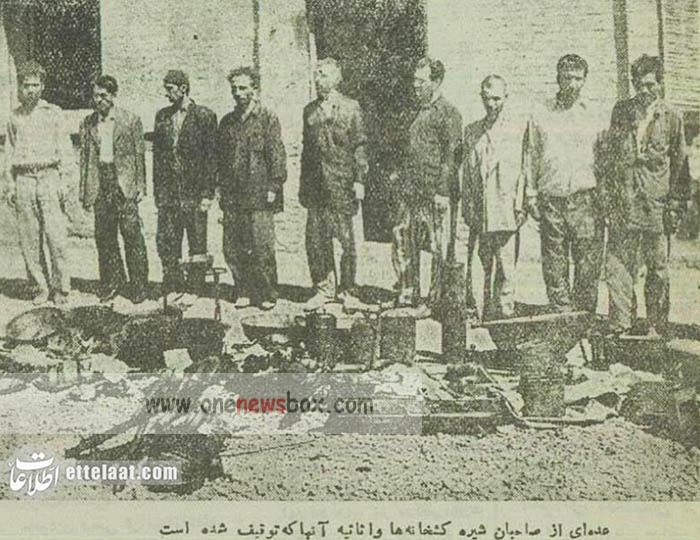The consumption of opium in Iran dates back to antiquity, but it was during the Safavid dynasty (16th century) that dispensaries began to flourish as recognizable establishments. The Safavid rulers, while often strict in their adherence to Shi’a orthodoxy, tolerated certain recreational and intoxicating practices as long as they did not threaten political order. Opium use was widespread among both elites and commoners, serving medicinal, recreational, and even spiritual functions.
Qajar Era: The Height of Opium Freedom
It was under the Qajar dynasty, particularly during the reign of Naser al-Din Shah (1848–1896), that dispensaries enjoyed their greatest freedom. The monarch himself was said to indulge in opium, and his court tolerated its consumption among nobles and soldiers. Dispensaries were not merely tolerated—they thrived. Their presence in Tehran and other cities was so normalized that they became an integral part of urban life.

